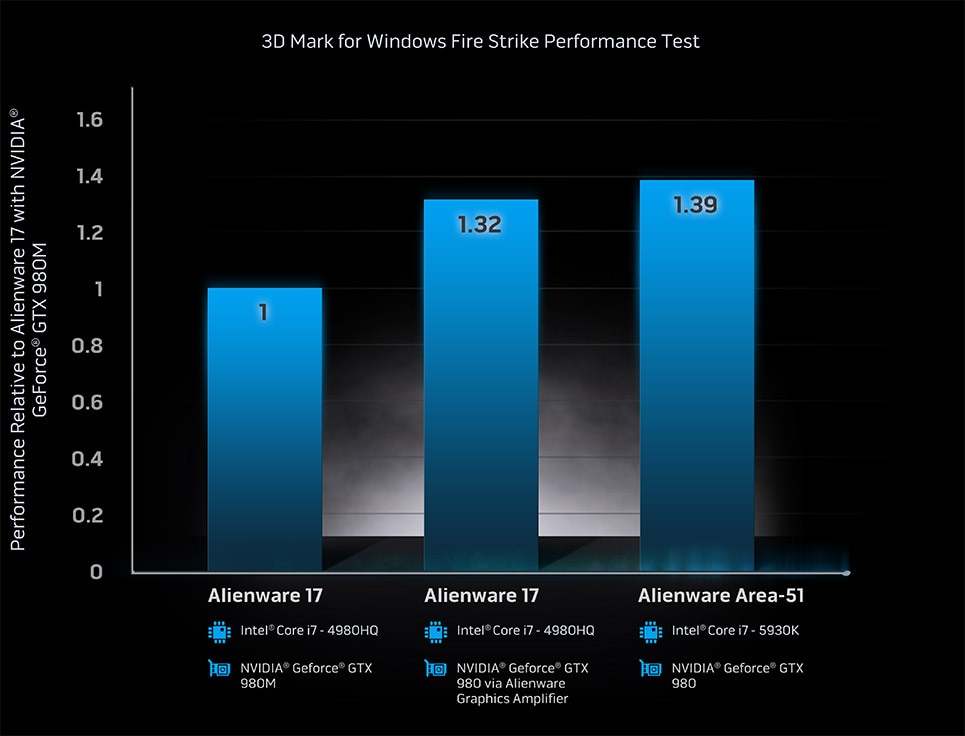Wavlink USB 3.0 Universal Dual Video Docking Station. Universal docking stations turn the USB port of a computer into a docking station connector. A dock, connected to your computer by a single USB cable, can support multiple displays, audio, Ethernet and other USB peripherals. Before using the docking station, ensure that your system has a DisplayPort over dual USB Type-C designed to support the docking station. NOTE: Dell Docking stations are supported with select Dell systems. See the Dell Commercial Docking Compatibility Guide for the list of supported systems and recommended docking. 3 Hardware requirements 7. I cannot get the ethernet to connect to my computer through the docking station. If I connect directly, it works fine (it is not an internet problem). Then I remembered that all devices (i.e. Each unique MAC address) have to be registered before they can connect to the internet where I work. What I'm wondering is if the docking station is sophisticated enough to have its own MAC address,. UD-6950 laptop docking station supports Windows OS and provides cables to connect to a USB 3.0 Type-A port or USB-C port. It is compatible with DisplayPort monitors, Intel SkyLake i3 or previous generation Intel Core i7, AMD A10 at 2.0GHz, Intel HD 4000, AMD Radeon HD 8650, NVidia GeForce 7xxM.
USB-C and Thunderbolt would distill our every cable need into a single cord, or so we were told, but it's taken Dell to finally deliver on the promise. The company has revealed a pair of docking stations here at CES 2016, one using a USB 3.0 USB-C connector and the other a Thunderbolt 3 USB-C, targeted not only at Dell's own laptops and tablets, but anything else with the right port.
The Dell Dock is the smaller of the two, a 155 x 110 x 21 mm box that connects to a laptop via a single USB-C 3.0 cable. It may be compact, but it isn't short on ports: there are three USB 3.0, two USB 2.0, HDMI, mini DisplayPort, VGA, a stereo output, combo audio in/out, and gigabit ethernet.

Altogether two displays of up to 1920 x 1200 (60 Hz) can be driven from a single Dell Dock, or one 3840 x 2160 (30 Hz) monitor.

Altogether two displays of up to 1920 x 1200 (60 Hz) can be driven from a single Dell Dock, or one 3840 x 2160 (30 Hz) monitor.
Larger, and more capable, the Dell Thunderbolt Dock comes in at 145 x 145 x 52 mm. It connects via Thunderbolt 3 (which uses the USB-C connector type) and can drive up to three 1080p displays or two 4K displays at 60 Hz.
Like its smaller brethren it has two USB 2.0 ports and three USB 3.0, VGA, mini DisplayPort, and HDMI, but throws in a full-sized DisplayPort and a Thunderbolt 3 port too.
Dell E Docking Station
While, unsurprisingly, both docks support a long list of Dell's own laptops and tablets, since they use an industry-standard USB 3.0/Thunderbolt 3 connection they'll also play nicely with similarly-compliant third-party hardware.
That means your 12-inch MacBook should get along fine with the Dell Dock, something likely to give owners of the Apple ultraportable considerable joy.
Meanwhile Dell also has a new USB-C 3.0 dongle, complete with full-sized USB 3.0 ports, HDMI, VGA, and ethernet, together with an external power adapter that has both USB outlets for a smartphone and a port for charging a laptop or tablet, too.
Dell New Docking Station
Both the Dell Dock and the Dell Thunderbolt Dock will go on sale January 28, priced at $199 and $299 respectively.
USB-C and Thunderbolt would distill our every cable need into a single cord, or so we were told, but it's taken Dell to finally deliver on the promise. The company has revealed a pair of docking stations here at CES 2016, one using a USB 3.0 USB-C connector and the other a Thunderbolt 3 USB-C, targeted not only at Dell's own laptops and tablets, but anything else with the right port.
The Dell Dock is the smaller of the two, a 155 x 110 x 21 mm box that connects to a laptop via a single USB-C 3.0 cable. It may be compact, but it isn't short on ports: there are three USB 3.0, two USB 2.0, HDMI, mini DisplayPort, VGA, a stereo output, combo audio in/out, and gigabit ethernet.
Altogether two displays of up to 1920 x 1200 (60 Hz) can be driven from a single Dell Dock, or one 3840 x 2160 (30 Hz) monitor.
Larger, and more capable, the Dell Thunderbolt Dock comes in at 145 x 145 x 52 mm. It connects via Thunderbolt 3 (which uses the USB-C connector type) and can drive up to three 1080p displays or two 4K displays at 60 Hz.
Like its smaller brethren it has two USB 2.0 ports and three USB 3.0, VGA, mini DisplayPort, and HDMI, but throws in a full-sized DisplayPort and a Thunderbolt 3 port too.
While, unsurprisingly, both docks support a long list of Dell's own laptops and tablets, since they use an industry-standard USB 3.0/Thunderbolt 3 connection they'll also play nicely with similarly-compliant third-party hardware.
That means your 12-inch MacBook should get along fine with the Dell Dock, something likely to give owners of the Apple ultraportable considerable joy.
Meanwhile Dell also has a new USB-C 3.0 dongle, complete with full-sized USB 3.0 ports, HDMI, VGA, and ethernet, together with an external power adapter that has both USB outlets for a smartphone and a port for charging a laptop or tablet, too.
Does Dell Docking Station Work With Macs
Both the Dell Dock and the Dell Thunderbolt Dock will go on sale January 28, priced at $199 and $299 respectively.
